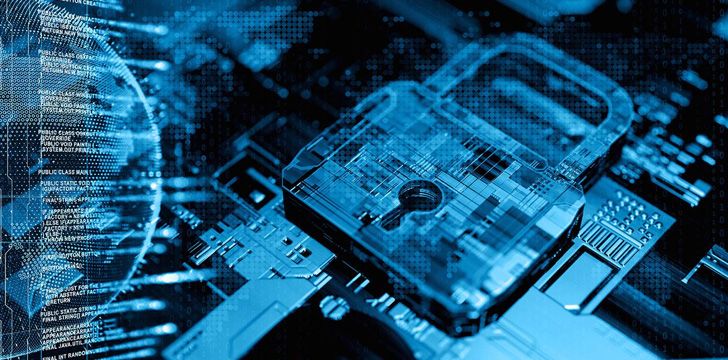
In the era of digital education, where students can access information and knowledge through online resources and classrooms can be virtual, it’s not surprising to see tech YouTube channels gaining in popularity. These channels have revolutionized the way students approach education by providing free and accessible resources for learning, filling the gaps left by traditional classrooms.
Tech YouTube channels offer a dynamic and interactive platform that traditional education cannot replicate, as these channels provide real-time lessons with visuals, animations, and interactive elements. This makes the content more engaging and enhances the learning experience.
With the rise of e-learning, tech YouTube channels have become a popular resource for students worldwide. The platforms are accessible to anyone with an internet connection and cover a vast range of subjects, from coding and programming to graphic design and web development, making for an expansive and diverse learning experience.
Thanks to the popularity of tech YouTube channels, educators and tutors are also leveraging the platform to augment their teaching methods. By sharing their expertise on the platform, educators can reach a wider audience, sharing their knowledge with anyone who wants to learn. This has helped bridge the global education gap, where those unable to access traditional, structured education can now benefit from easily accessible online resources.
Tech YouTube channels provide a more personalized approach to education as it caters to different learning styles. Unlike traditional education, where a teacher stands in front of a class and lectures, tech YouTubers use visual aids, live examples, and interactive tools to engage their viewers, making learning more fun and stimulating.
Moreover, with recent global events, such as the COVID-19 pandemic, forcing the closure of schools and campuses, tech YouTube channels have proved vital in supplementing remote learning efforts, Allowing for students to continue their studies without any physical limitations.
In conclusion, Tech YouTube channels are evolving the education landscape, providing a new and dynamic approach to learning. With their various resources, interactive elements, and expert advice, tech YouTube channels have redefined the role of education in the digital age. Traditional education can only go so far, but tech YouTube channels will continue to break down barriers and make education accessible to anyone and everyone, globally.…

![Here's What's Next for [Technology Company]: An Inside Look 3 technology company](https://images.inc.com/uploaded_files/image/1920x1080/getty_898079502_381392.jpg)




